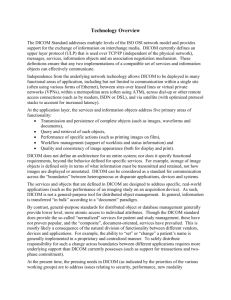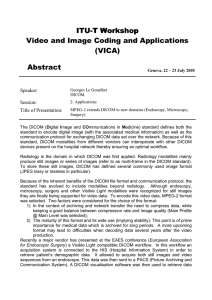D2-1020-Organizing MRI Data, by using Enhanced Multi
advertisement
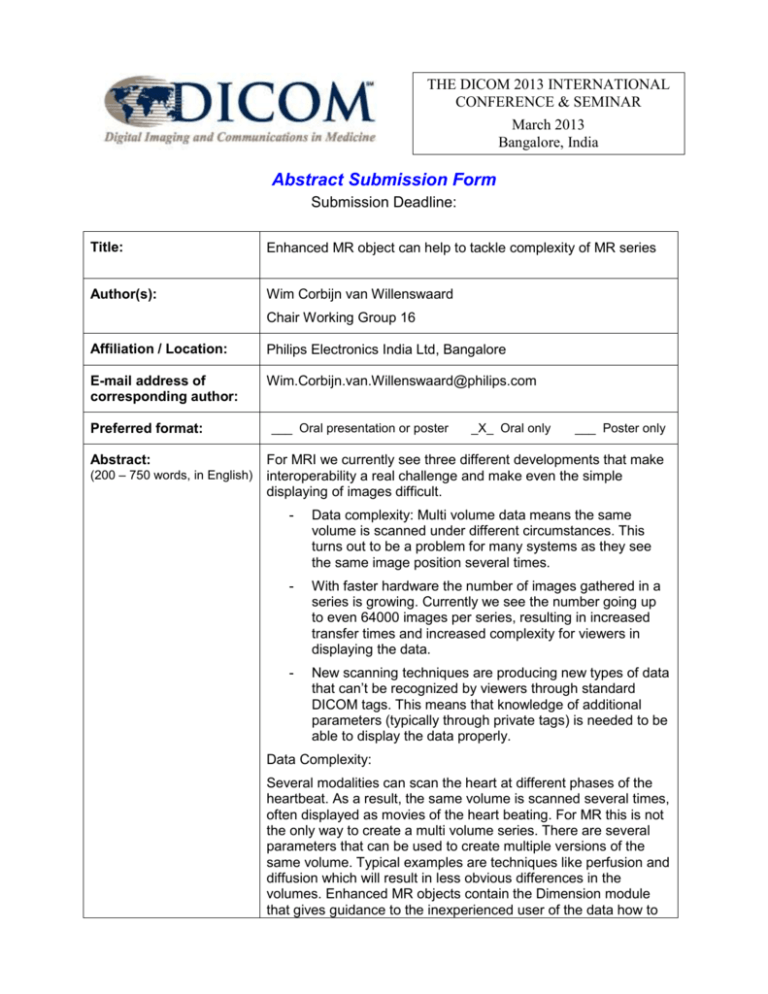
THE DICOM 2013 INTERNATIONAL th 1300 North 17 Street, Suite 1847 CONFERENCE Rosslyn, VA 22209 & SEMINAR (703) 841-3285 March 2013 Fax (703) 841-3385 Bangalore, India Abstract Submission Form Submission Deadline: Title: Enhanced MR object can help to tackle complexity of MR series Author(s): Wim Corbijn van Willenswaard Chair Working Group 16 Affiliation / Location: Philips Electronics India Ltd, Bangalore E-mail address of corresponding author: Wim.Corbijn.van.Willenswaard@philips.com Preferred format: Abstract: (200 – 750 words, in English) ___ Oral presentation or poster _X_ Oral only ___ Poster only For MRI we currently see three different developments that make interoperability a real challenge and make even the simple displaying of images difficult. - Data complexity: Multi volume data means the same volume is scanned under different circumstances. This turns out to be a problem for many systems as they see the same image position several times. - With faster hardware the number of images gathered in a series is growing. Currently we see the number going up to even 64000 images per series, resulting in increased transfer times and increased complexity for viewers in displaying the data. - New scanning techniques are producing new types of data that can’t be recognized by viewers through standard DICOM tags. This means that knowledge of additional parameters (typically through private tags) is needed to be able to display the data properly. Data Complexity: Several modalities can scan the heart at different phases of the heartbeat. As a result, the same volume is scanned several times, often displayed as movies of the heart beating. For MR this is not the only way to create a multi volume series. There are several parameters that can be used to create multiple versions of the same volume. Typical examples are techniques like perfusion and diffusion which will result in less obvious differences in the volumes. Enhanced MR objects contain the Dimension module that gives guidance to the inexperienced user of the data how to distinguish between the different volumes. Increasing size of series: Faster hardware is used for shorter examination times but also for increasing the number of images gathered. The latter is very often used to get better temporal resolution after processing. In the classic DICOM format, the effect is longer transfer times as the synchronous transfer has a handshake for every object/image. The Enhanced object family can transfer a series in one object. The number of objects can be increased to keep the objects manageable for receiving nodes in the case of a very large series. The reduction of number of objects compared to the number of Classic objects will result in much better utilization of the network (big burst of data). This advantage can go up to a factor of 10 in lead-time compared to many image objects for relatively small images. New Techniques: Research in the MR area is resulting in new acquisition and processing techniques delivering images that can’t be distinguished by standard DICOM tags. This means that for the user it is not possible to distinguish the difference between the set of volumes. Only private tags will give this information. By adding the private information to the Dimension module the viewer will be able to distinguish without the specific tag knowledge. An explanation of the Dimension module will show how this can be used to solve the problems of complexity and new techniques.
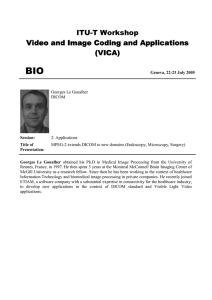
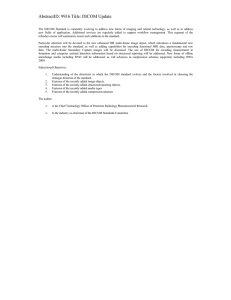

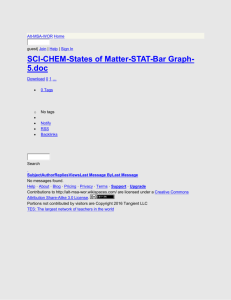

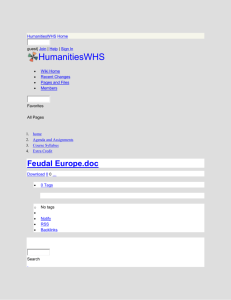
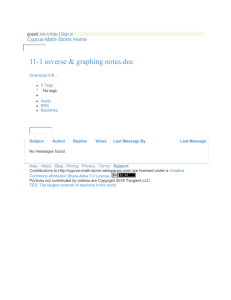
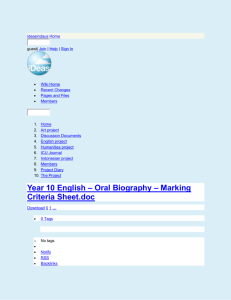
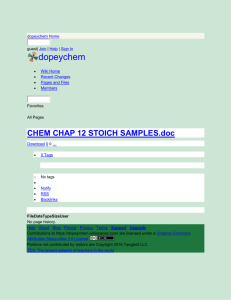
![[#MIRTH-1930] Multiple DICOM messages sent from Mirth (eg 130](http://s3.studylib.net/store/data/007437345_1-6d312f9a12b0aaaddd697de2adda4531-300x300.png)
